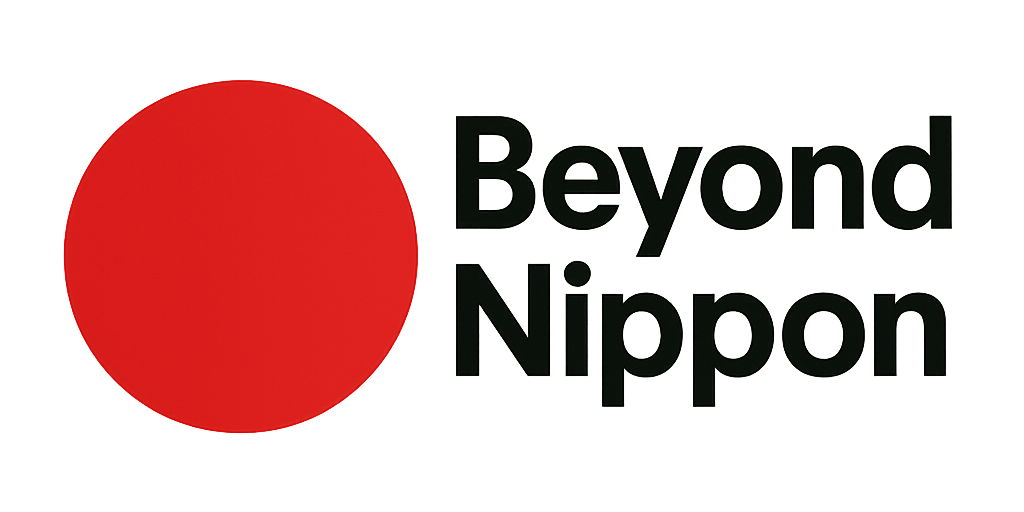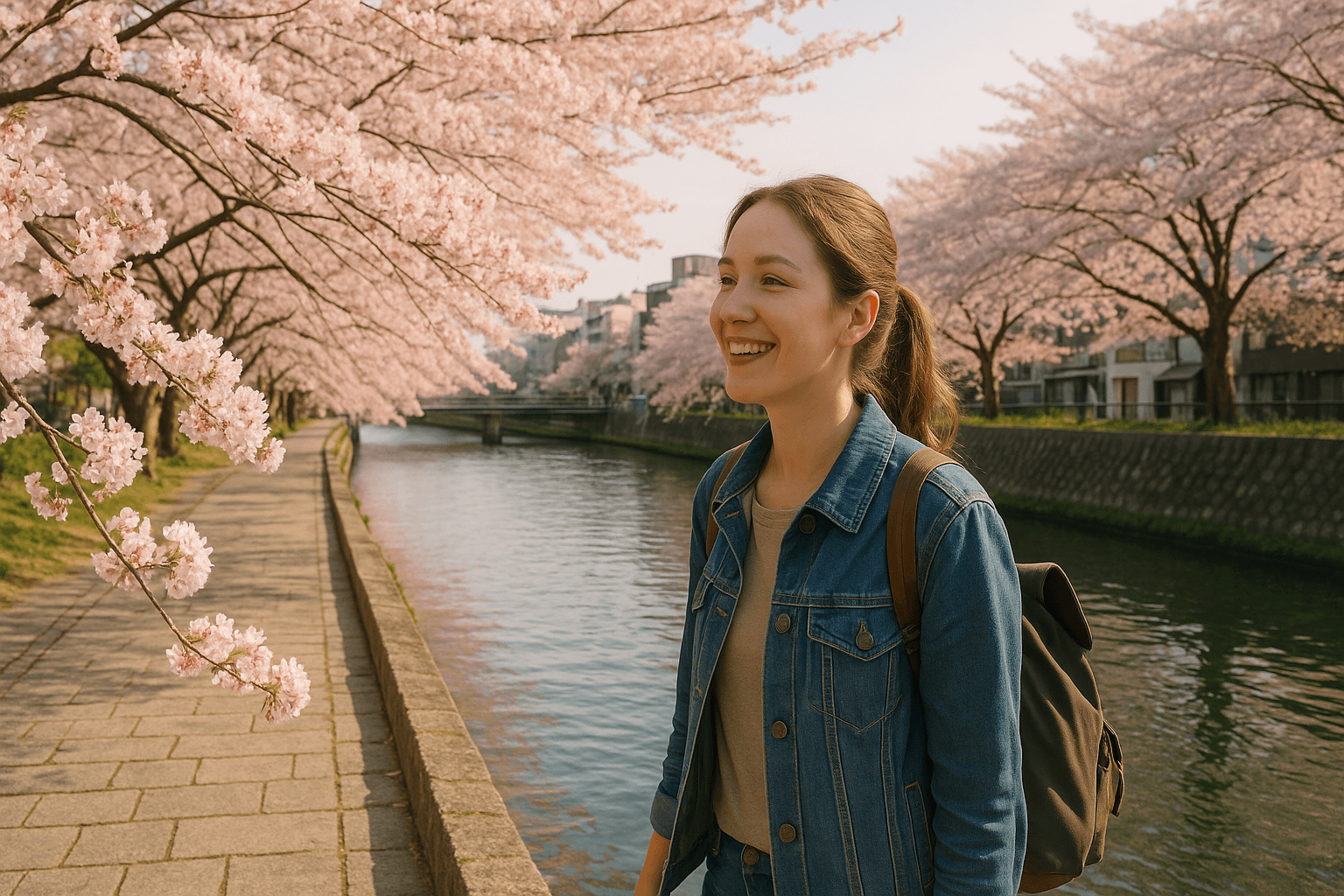Few experiences capture the magic of Japan like strolling under a canopy of pink petals in spring. Every year, from late March to early April, cherry blossoms—or sakura—transform cities into pastel dreamscapes. Families, friends, and coworkers gather beneath the blooms for hanami (flower-viewing picnics), celebrating the fleeting beauty of life.
For visitors, cherry blossom season is one of the best times to explore Japan, especially in Tokyo and Kyoto, two cities filled with iconic viewing spots. This cherry blossom Tokyo Kyoto guide introduces the most breathtaking parks, rivers, and temples, alongside the best times to visit and practical tips for enjoying hanami like a local.
Hanami Culture Explained
The tradition of hanami dates back more than 1,000 years to the Heian period, when aristocrats gathered to admire blossoms, compose poetry, and enjoy seasonal delicacies. Today, hanami is celebrated across Japan with lively picnics, casual strolls, and even nighttime illuminations called yozakura.
Why cherry blossoms hold such significance:
- Symbolism: Sakura represent the fleeting nature of life—beautiful but short-lived.
- Community: Hanami brings people together, creating moments of joy and reflection.
- Seasonal beauty: The blossoms frame temples, rivers, and cityscapes with ethereal charm.
If you’re planning a spring trip, there’s no better way to connect with Japanese culture than by experiencing hanami firsthand.
Tokyo Top Cherry Blossom Spots
Tokyo’s vast size offers countless sakura-viewing locations, from bustling city parks to peaceful riverside walks. Here are the must-visit highlights.
Ueno Park
- Why visit: Ueno Park is one of Tokyo’s most famous and vibrant hanami spots, attracting thousands of visitors daily during peak bloom.
- Highlights: Over 1,000 cherry trees line the central pathway, creating a pink tunnel. Street food stalls, performances, and museums nearby add to the festive atmosphere.
- Atmosphere: Expect crowds, laughter, and plenty of picnic parties.
Shinjuku Gyoen National Garden
- Why visit: A calmer, more refined alternative to Ueno Park, Shinjuku Gyoen offers wide lawns, traditional gardens, and more than 1,000 sakura trees of different varieties.
- Highlights: Early- and late-blooming species extend the viewing season. Perfect for photographers seeking peaceful landscapes.
- Entry: ¥500 fee, which helps keep the park less crowded than free public spaces.
Sumida River (Sumida Park)
- Why visit: Cherry blossoms along the Sumida River pair beautifully with views of Tokyo Skytree.
- Highlights: Around 1,000 trees bloom along both riverbanks, best enjoyed from a stroll or a river cruise.
- Nighttime magic: Lanterns illuminate the blossoms after dark, creating a romantic yozakura experience.
Meguro River
- Why visit: One of Tokyo’s most Instagram-worthy spots, Meguro River is lined with over 800 cherry trees stretching for 4 kilometers.
- Highlights: Blossoms arch gracefully over the water, with pink petals drifting downstream.
- Festive vibe: Street stalls sell sakura-themed drinks (like sparkling sake) and snacks.
Other honorable mentions: Chidorigafuchi near the Imperial Palace for boat rides, and Yoyogi Park for large, lively picnics.
Kyoto Top Cherry Blossom Spots
Kyoto, with its temples, shrines, and historical charm, takes on an otherworldly glow during cherry blossom season. Sakura frame wooden teahouses, stone paths, and ancient pagodas, creating scenes that feel like stepping into a painting.
Philosopher’s Path (Tetsugaku no Michi)
- Why visit: This tranquil walkway follows a canal lined with hundreds of cherry trees.
- Highlights: The 2-km path connects Ginkaku-ji (Silver Pavilion) with Nanzen-ji Temple. Small cafés and boutiques along the way make it perfect for leisurely strolls.
- Atmosphere: Ideal for quiet reflection, especially in the early morning.
Maruyama Park
- Why visit: Kyoto’s most famous hanami spot, Maruyama Park is known for its giant weeping cherry tree (shidarezakura).
- Highlights: At night, the illuminated tree becomes the centerpiece of Kyoto’s spring celebrations. Food stalls, picnic parties, and lively crowds add to the festive spirit.
- Must-see: The weeping cherry, over 70 years old, is one of the city’s most iconic sights.
Kiyomizu-dera Temple
- Why visit: One of Kyoto’s most spectacular temples, Kiyomizu-dera is perched on a hillside overlooking the city.
- Highlights: During sakura season, more than 1,000 cherry trees surround the temple, creating dramatic views from the wooden stage.
- Night illuminations: Special evening openings allow visitors to admire blossoms glowing under spotlights.
Other honorable mentions: Nijo Castle (with over 400 trees), Heian Shrine (famous for late-blooming weeping cherries), and Arashiyama (where sakura frame the Togetsukyo Bridge and bamboo groves).
Best Times to Visit
Cherry blossom season is short and varies slightly each year depending on weather. For Tokyo and Kyoto, here’s a general timeline:
- Tokyo: Late March to early April. Peak bloom (full bloom, or mankai) usually occurs around March 28–April 3.
- Kyoto: Early to mid-April. Peak bloom typically falls between April 1–10.
Keep in mind:
- Blossoms last about a week at peak, but rain or strong winds can shorten viewing times.
- Parks often post bloom forecasts online. Check the Japan Meteorological Corporation’s sakura forecast before planning.
- Early bloomers (like Shinjuku Gyoen’s varieties) and late bloomers (like Heian Shrine’s weeping cherries) can extend your chances.
Tips for Hanami
To make the most of your cherry blossom experience, consider these practical tips.
Arrive Early
Popular spots like Ueno Park or Maruyama Park fill up quickly. Arrive in the morning if you want a good picnic spot.
Bring a Picnic Mat
Locals spread out blue tarps or blankets under the trees. Many convenience stores sell inexpensive mats during spring.
Stock Up on Food
Pick up bento boxes, snacks, and drinks from convenience stores or supermarkets before heading to the park. Many also sell sakura-themed treats.
Respect the Environment
- Don’t break branches or shake trees for petals.
- Clean up trash and recyclables—Japan values tidiness.
Try Nighttime Viewing (Yozakura)
Many parks and temples offer special illuminations in the evening, giving the blossoms a completely different, magical look.
Be Flexible
Weather and bloom timing can change quickly. Have backup locations in case peak bloom arrives earlier or later than expected.
Conclusion
Cherry blossom season is Japan at its most enchanting, and nowhere captures it better than Tokyo and Kyoto. From Tokyo’s lively parks and riverside promenades to Kyoto’s serene temple gardens and historic walkways, the experience is both festive and deeply reflective.
This cherry blossom Tokyo Kyoto guide highlights the best places to admire the fleeting beauty of sakura, along with practical advice for timing and tips. Whether you’re picnicking under the blossoms at Ueno Park, strolling the Philosopher’s Path, or marveling at Kiyomizu-dera’s illuminated trees, the memory will stay with you long after the petals fall.
Japan’s sakura season reminds us of life’s fleeting beauty—a lesson best learned not just in books or photos, but under the blossoms themselves. So pack your mat, gather your friends, and let Tokyo and Kyoto’s cherry blossoms leave you inspired this spring.

